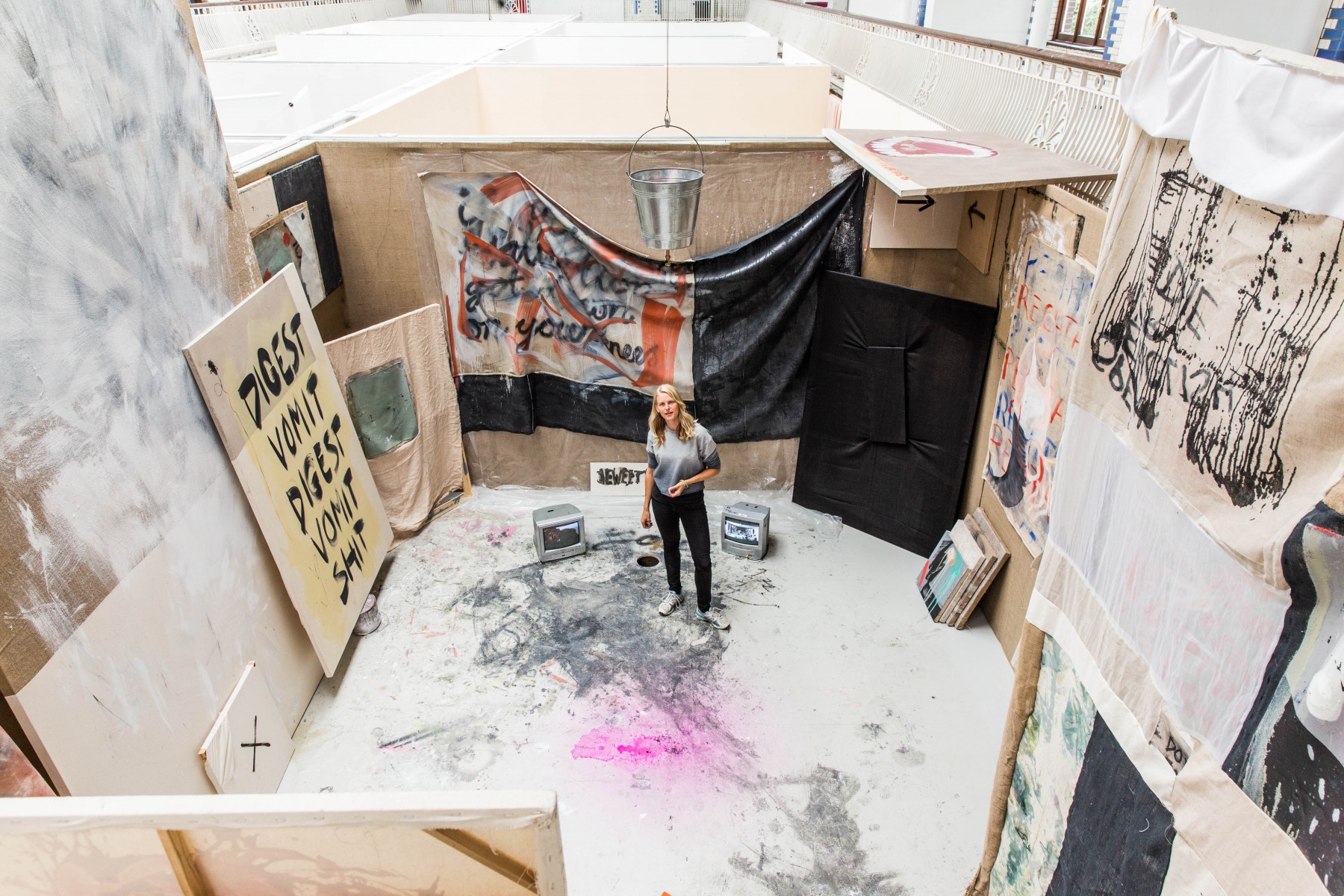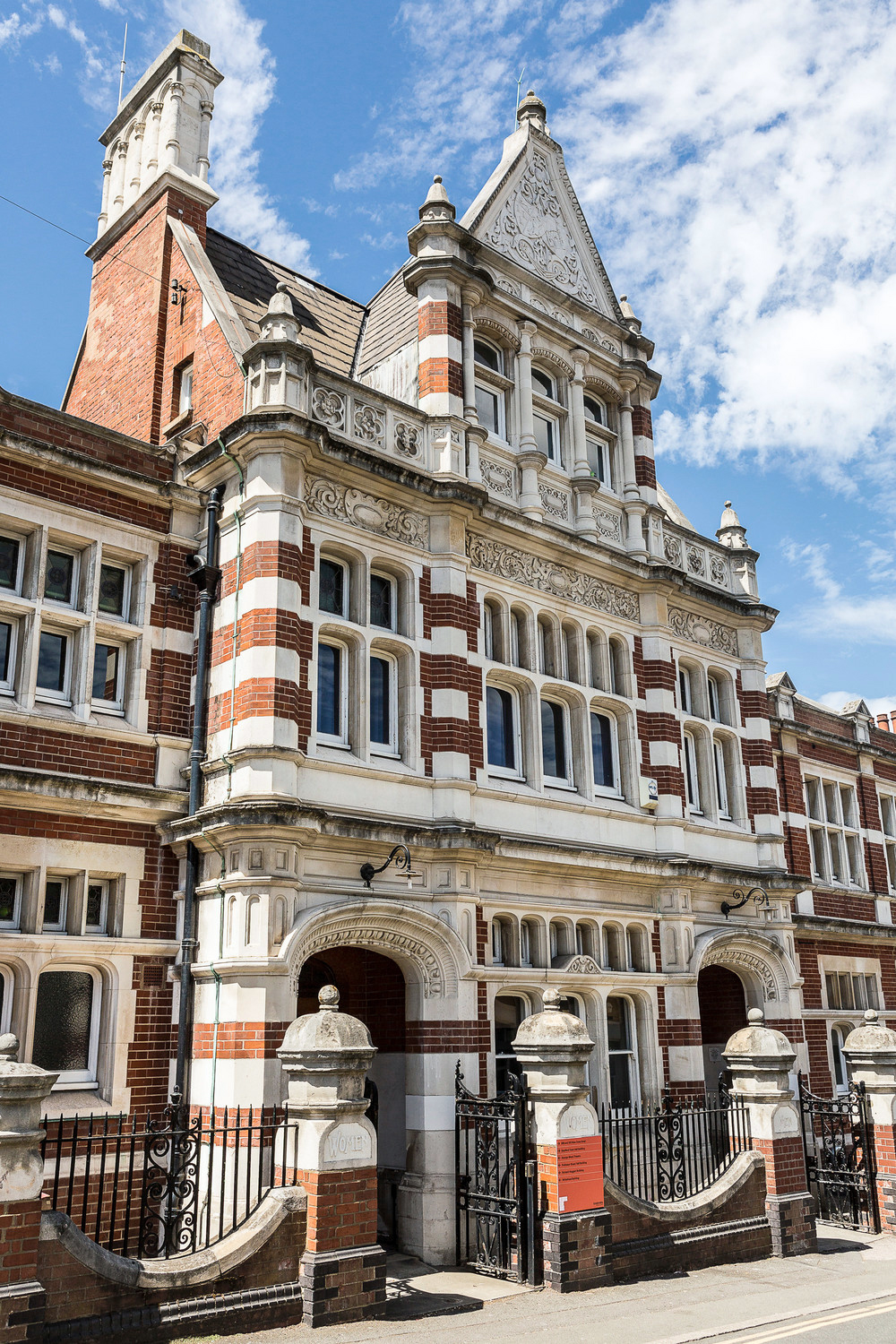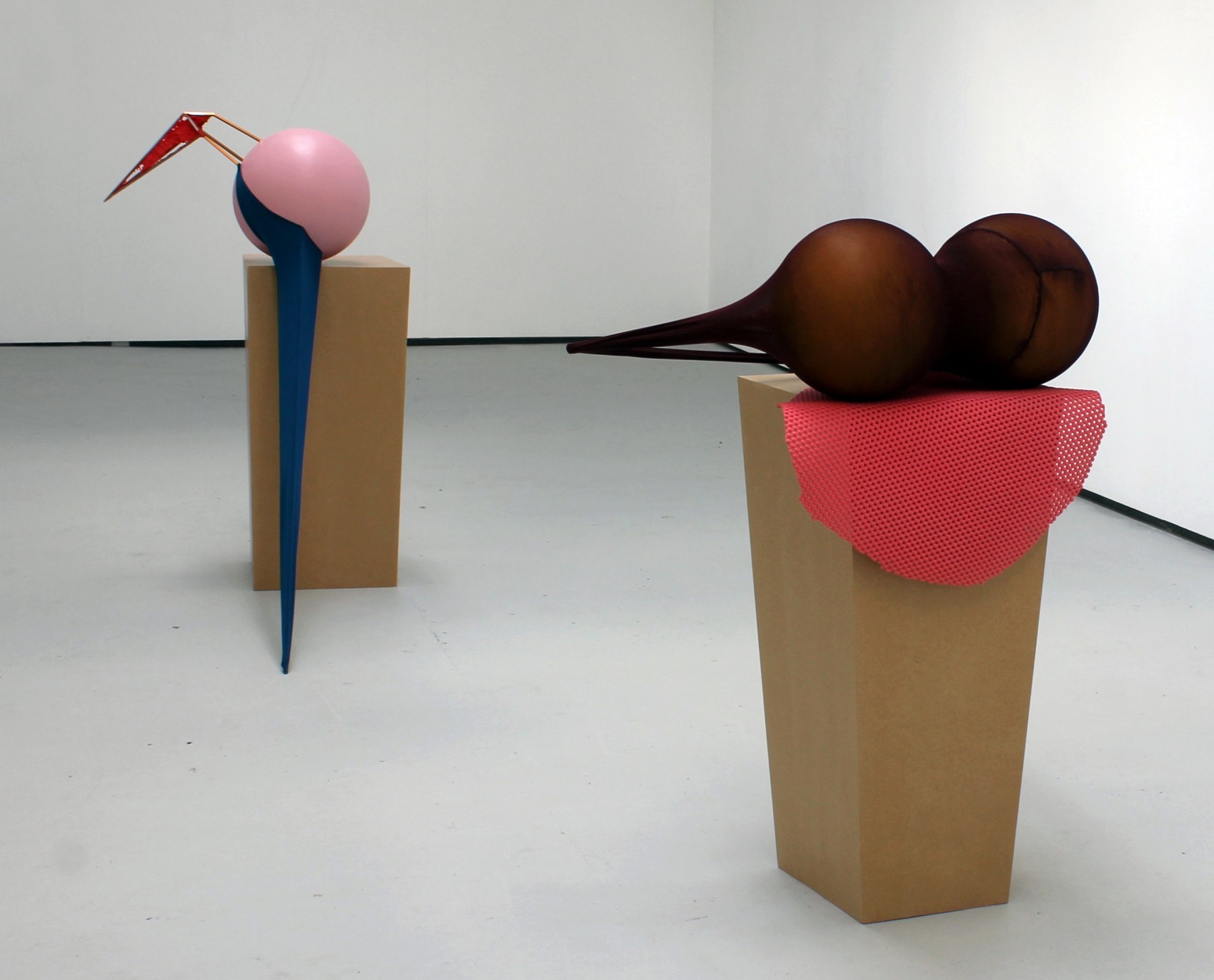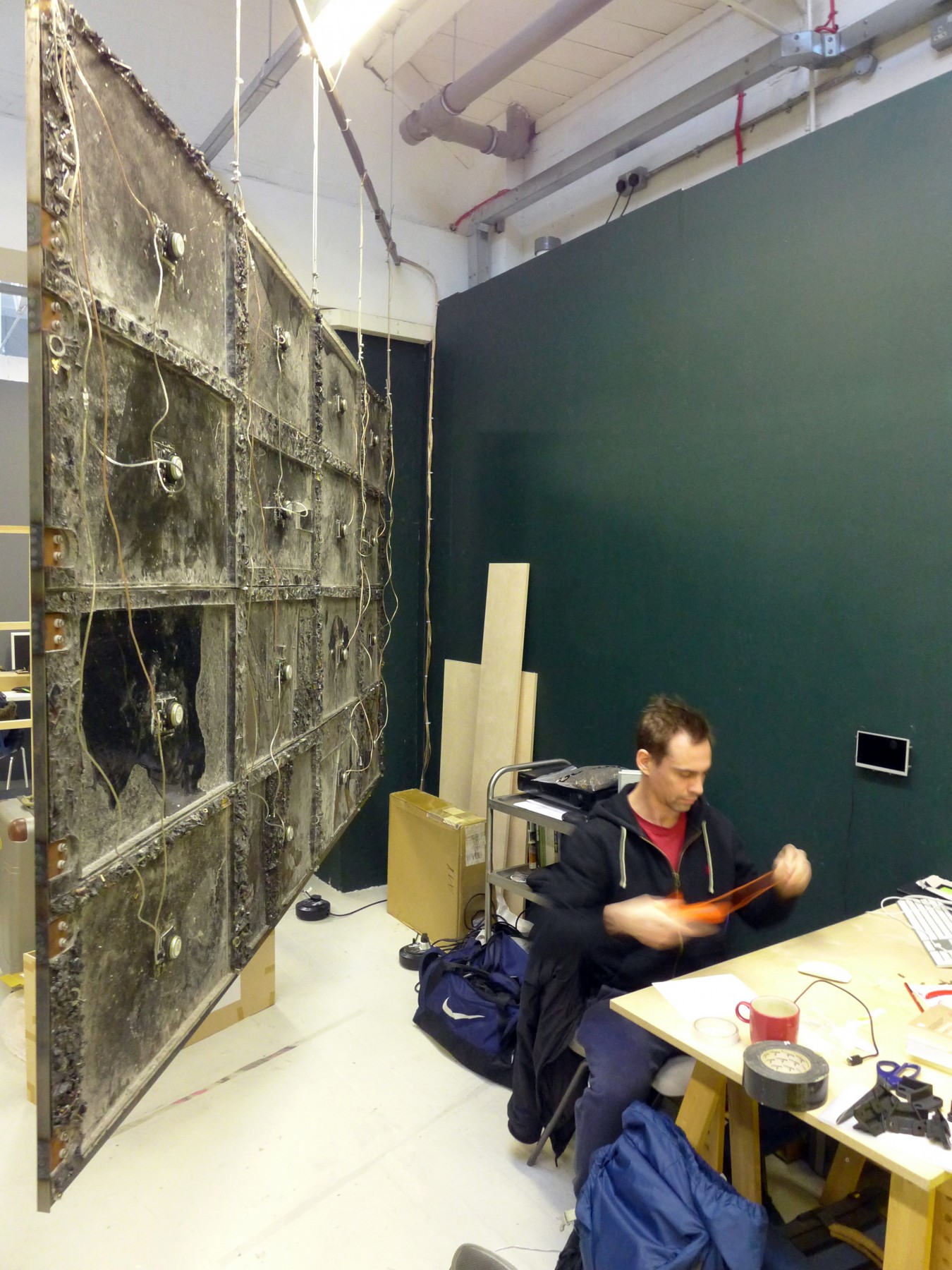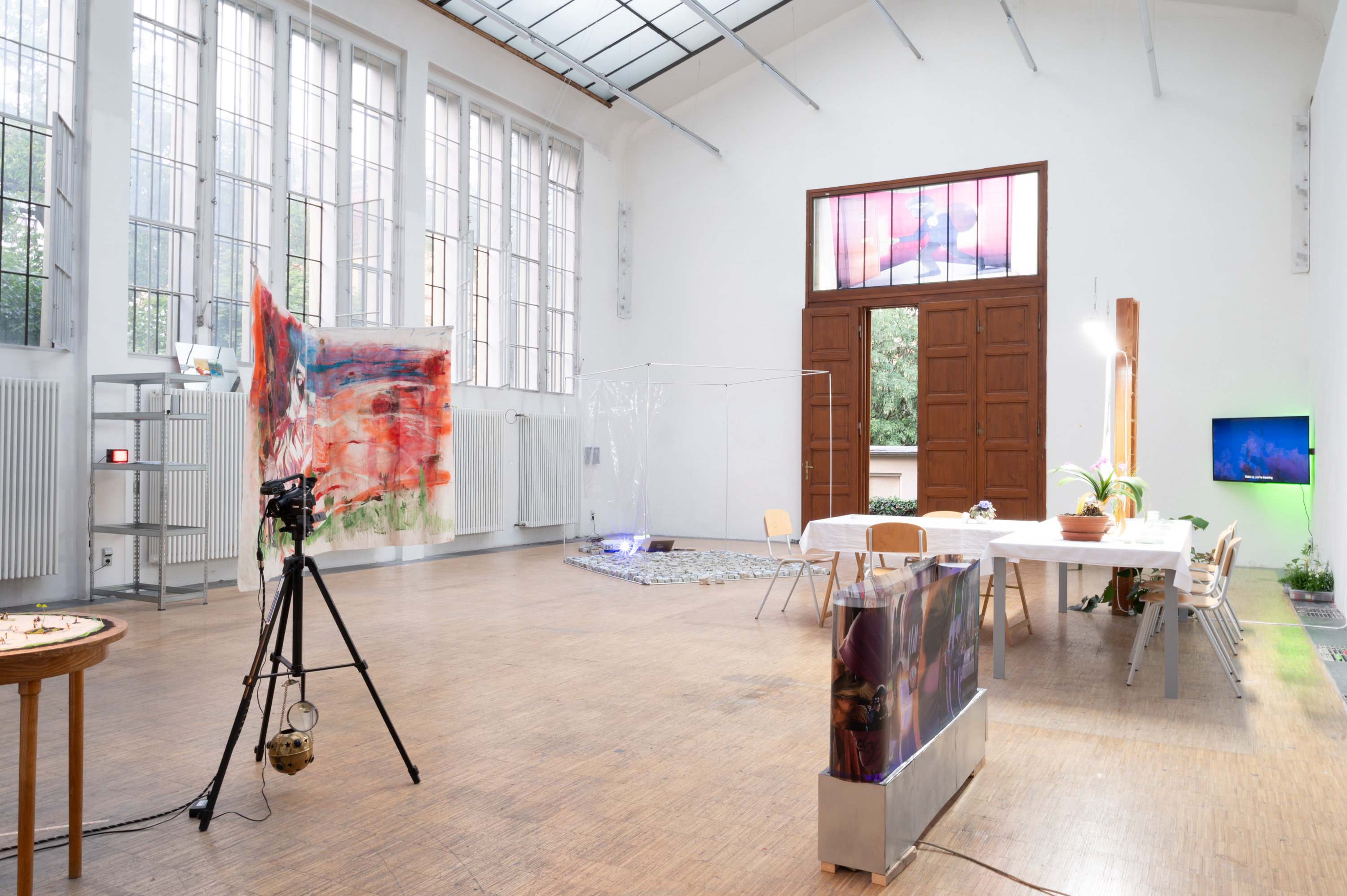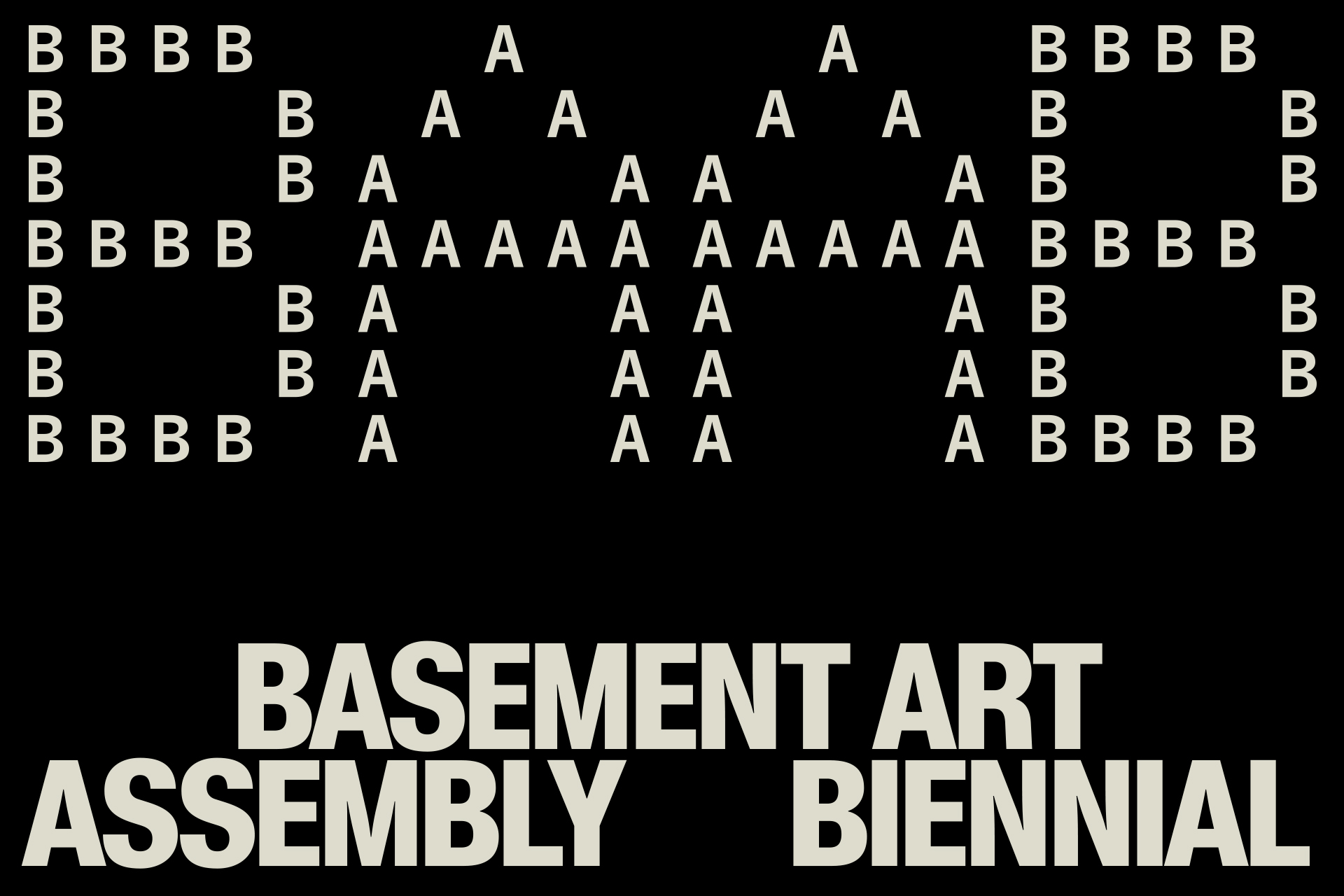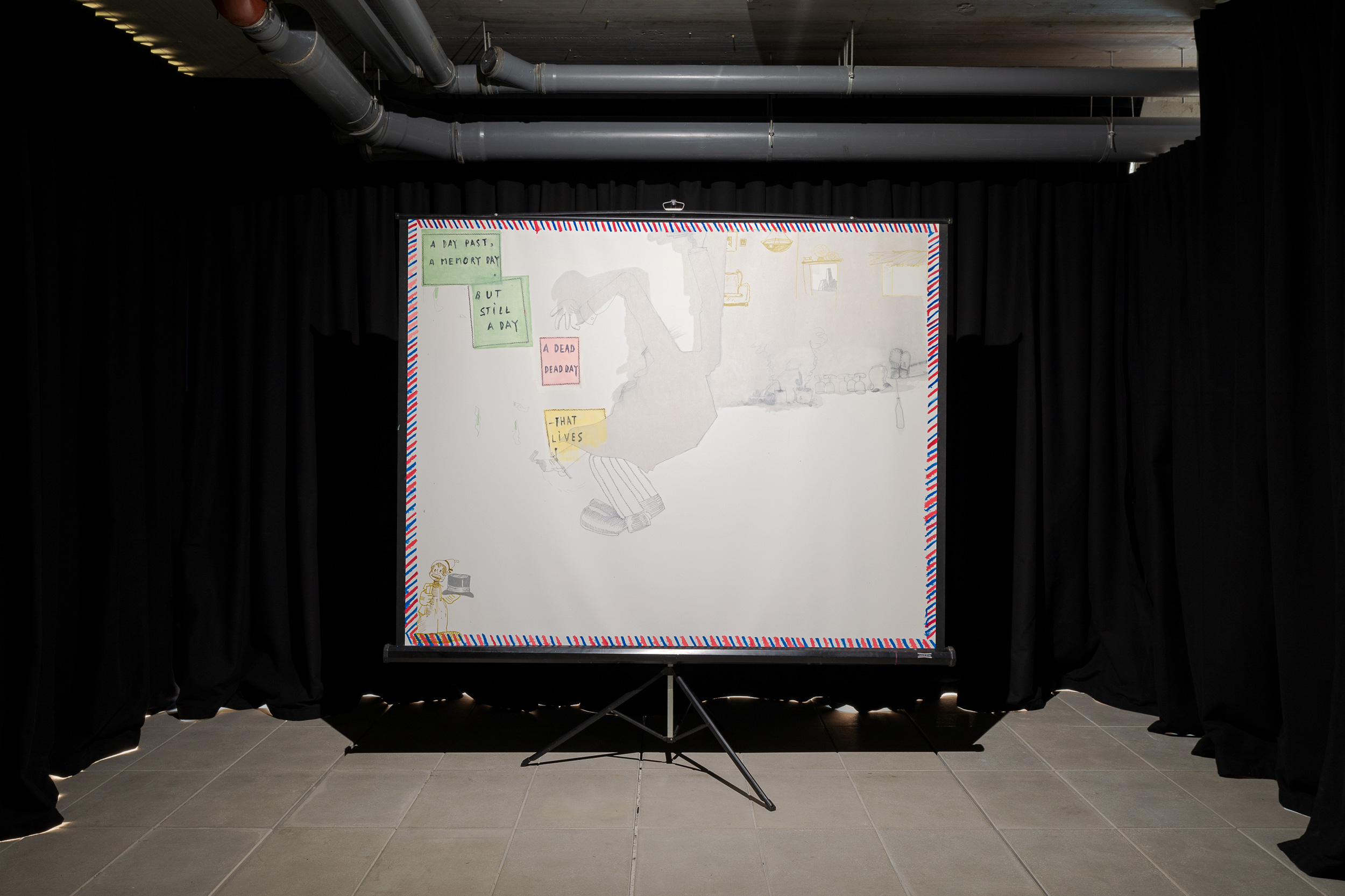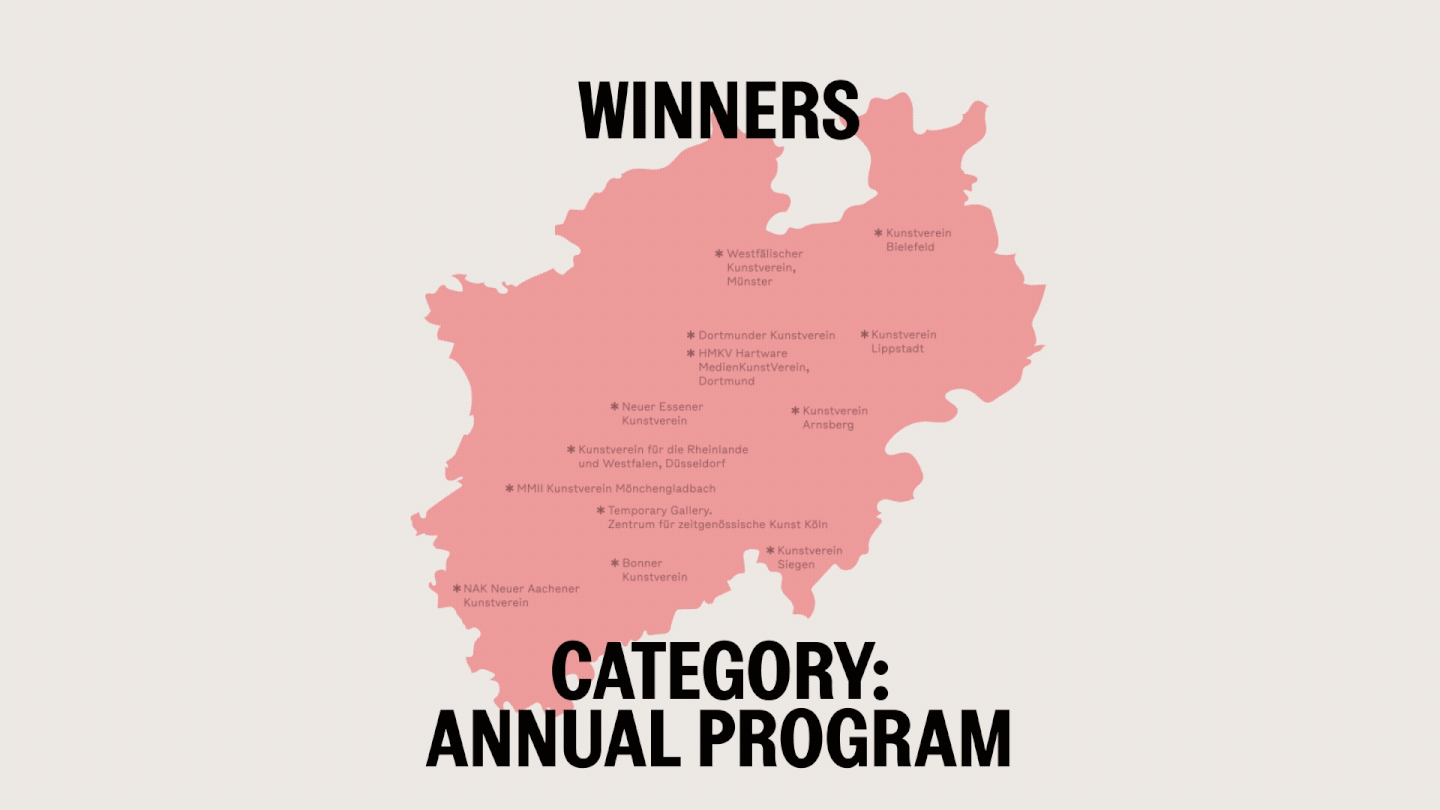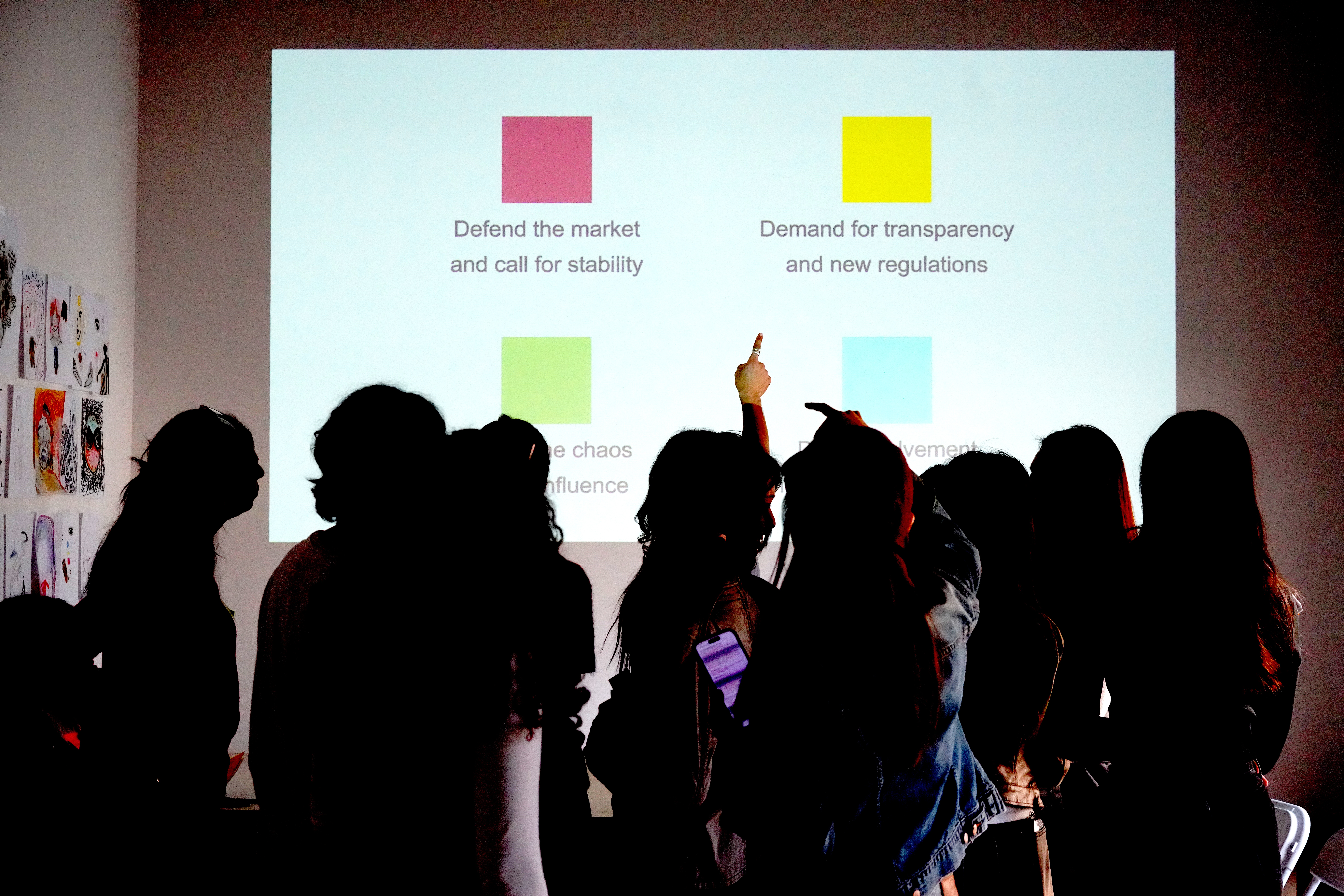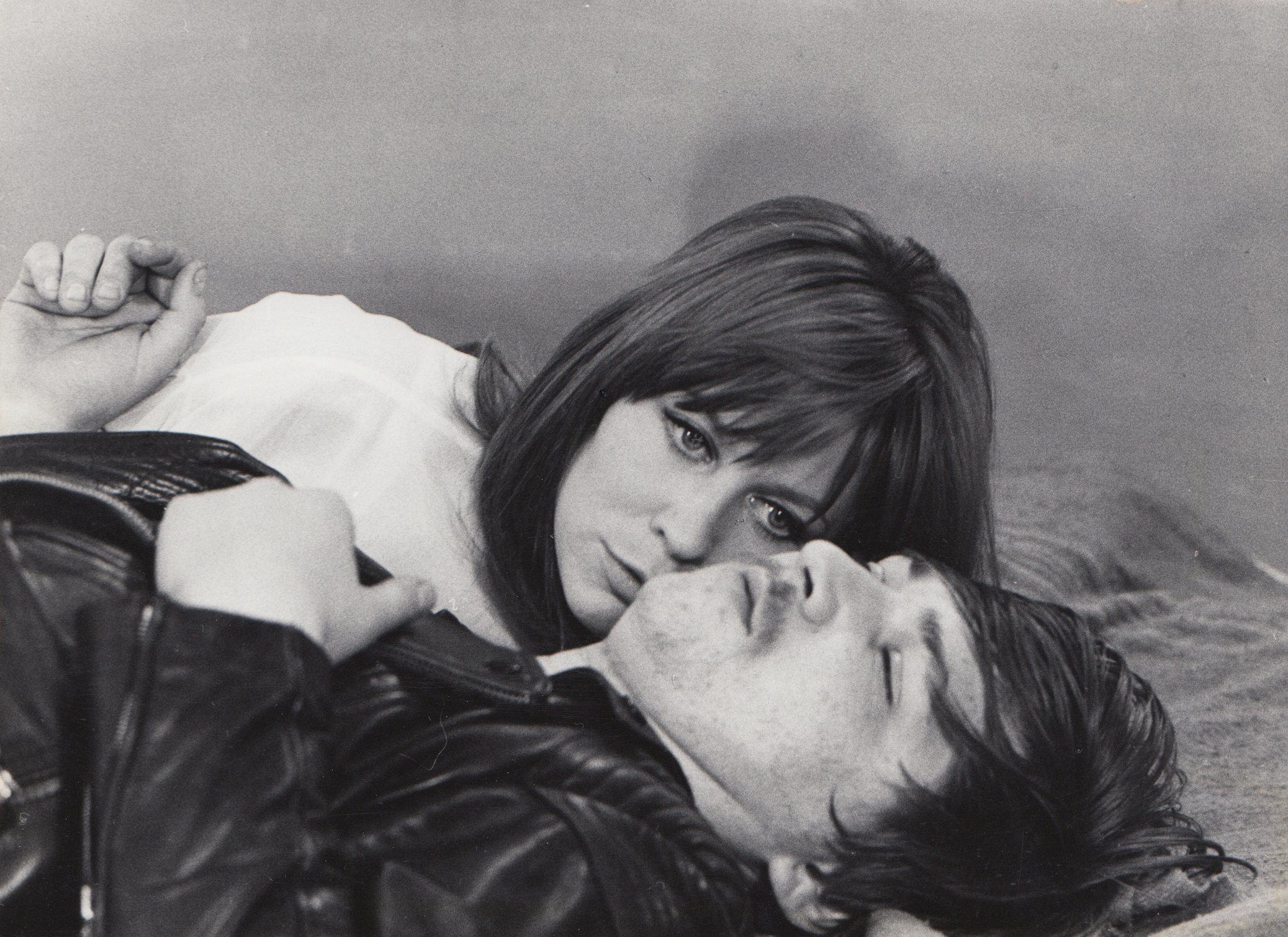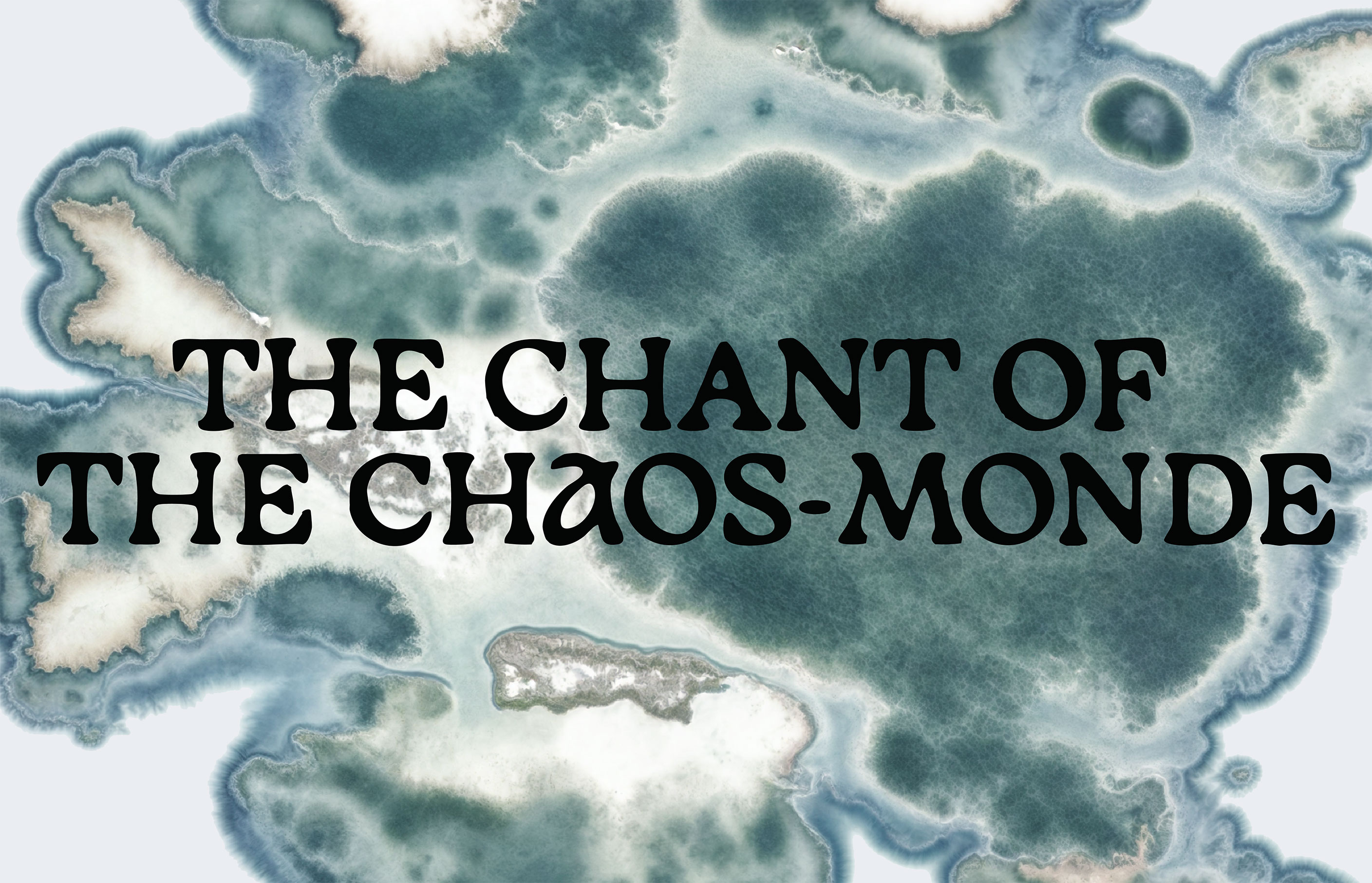A typically gray London afternoon in October and I’m late for class.
It’s been a while since I traveled to New Cross, having completed a Master in Research (MRes) in Visual Culture at Goldsmiths in 2013. With the sprawl of this inimitable city, it’s never a quick journey to travel to the different corners of it, making the notion of “arrival” a much-anticipated one—the day-to-day punctuated by frequent trips via public transport. After working for many years in the trenches of the art world, I decided I was ready to hit pause and give graduate school a go, applying to only two schools—NYU and Goldsmiths. Both institutions have long kept one another company in the top global rankings for their varied visual culture departments, often prompting a merry-go-round in appearances of respective faculty members on either side of the proverbial pond. Having never been to the United Kingdom, and without the funds to make the trip to see Goldsmiths College myself, I did the next best thing and reached out to the professors there whom I admire, writing them each letters explaining why studying with them was of interest to me. Each professor responded thoughtfully with timely thanks, consideration, and recommendation; one in particular asked for my address. A few weeks later an envelope arrived: inside was a small stack of comic books—original art objects stemming from this professor’s creative practice—ready for my perusal. The following fall I arrived in London to begin my degree.
This experience is significant because it speaks very precisely to the climate of Goldsmiths College and what values it aspires toward as a cultural hub and academic community. While a more hand-holding institution (such as an American art school) often plots out the steps toward success for its students, it does little to prepare one for the more self-directed (read: sink or swim, ride or die) ethos of the United Kingdom. The trade-off is that in acquiring such independence within the UK system, students have a real opportunity to build collegial rapport with their tutors. Such relationships between students and professors aid in dissolving the stale pedantry that is all too typical within the hierarchical canons of academia. Thus, the classroom at Goldsmiths becomes as valuable as the local pub, hearkening back to days of yore, pre-Arab Spring or #BLACKLIVESMATTER, a 1960s period wherein bars and cafés were IRL sites of bottom-up political action, dialogue, and the dissent of the illuminated literati. New Cross is peppered with such meeting points, which fill with students after classes let out. Often led by their tutors, these students linger into the night over ales and ciders, buzzing about the day’s lessons, raving over Kristeva or Kant. Thus, even an institution that has not escaped searing criticism for its skyrocketing tuition fees, spending cuts, and institutional complicity in the astounding gentrification of New Cross and greater surrounding Lewisham still continues to draw upon the value of public space and the populace that contributes to it, encouraging its students to look outward at the world around them, and to address that which lies beyond the work they produce. It is this dedicated balance of theory and practice on the part of the instructors, and the role their integration of the two plays in fostering an appreciation of the “private” and “public” as part of a greater discourse, that brought me to Goldsmiths those years ago. And, on this typically gray London day, it had me racing to get back there, this time to meet with David Mabb, program leader in MFA Fine Art (Studio Practice).
On this particular afternoon Mabb arranged for me to observe a class and critique directed by Simon Martin, resident lecturer in art. With the London Overground experiencing delays, I’m convinced I’ll miss the session entirely. Having texted Mabb my estimated time of arrival, I break into a jog once the train slides into the station at New Cross. He’s asked me to meet the class at “The Baths,” and as I turn the corner I find him standing outside, warmly waving me down from the steps.
“The Baths” are in fact Laurie Grove Baths, built in 1895–98 and designed by British architect Thomas Dinwiddy. Jacobean in style, they were originally outfitted with separate entrances for men and women, which then led into two segregated pool areas. Along the perimeter of each pool, and in the balconies above, were stalls for changing. In 1991, these public pools were closed down, and in 1999, Goldsmiths College (as part of the University of London) assumed ownership. Now a formal part of the Goldsmiths campus, Dinwiddy’s accomplishment changed function in this renewal, yet the skeleton of it was preserved. Thus, what were once pools became home to studio spaces for MFA students; changing stalls transformed into storage lockers for paints, swathes of canvas, papers, pens, and other instruments; the water storage tank atop the building morphed into an exhibition space; and classrooms were built into the tiled alcoves.
Mabb guides me to a classroom tucked away in one such alcove for today’s session. “We’re a fine art program, so we’re not divided up into painting, or sculpture … all media is slot [sic] together [in the same place], so all the students work together [and they] come here because they want to work across media.” Mabb continues: “We often have sculptors who do photography, or painters who do video. Students come here because they know that [experimenting is] possible, and [they] don’t want to be pocketed into a … [particular] area.” An MFA in fine art at Goldsmiths is multifaceted, integrating tutorial and studio instruction, independent studio practice, critique and conversation with one’s professors and peers, as well as thematic seminars with topics selected by the students, coordinated by professor of writing Michael Newman (“Precarity,” “Post-Porn,” and “Perversion” are the titles of a recent few). Despite Newman’s oversight and the unflagging departmental support, these sessions are largely self-directed, requiring students to participate in building out their broader conversations and structures.
The class I am visiting is comprised of second-year students, a mixture of part- and full-time, working in a wide gamut of media and formats. Mid-size at fifteen students, all of whom are perched on chairs in U-formation, the session immediately takes on an intimacy, bodies nestled close together in the small classroom.
When I enter the room, the afternoon critique is in full swing. The first body of work up for discussion—a conceptual project comprised of a collection of Instagram images—is already being projected onto the large white wall at the front of the room. The student presenting today is distributing an accompanying printout as well—a stream-of-consciousness, postmodern, Joycean musing on ephemerality, corporeality, and the limits of the internet. Simon Martin heads up the left arm of the U. Wearing a baseball cap, black jacket, and black jeans, he is momentarily difficult to spot, blending into the group with a laid-back, pensive mien. Those surrounding him are also dressed largely in black, a youthful smattering of Dr. Martens and high-tops, dip-dyed hair and Nineties grunge plaid, crossed legs and tattoos. The session is several hours long, broken into two parts for the sake of sanity; at break time the students crowd into the hallway to recharge, pouring cups of coffee, having snacks, and chatting amongst themselves before continuing on to the second half. During the break, between my own bites, I chat with several students, who share with me that they have chosen to do the program part-time, as the cost for full-time has become prohibitive with recent fee hikes. “How prohibitive?” I inquire apprehensively, haunted momentarily by the specter of my own student loans. The answer: very. One student estimates to me that the cost of part-time attendance (four years) is “probably somewhere around” £2,000 per year, with full-time (two years) coming in around £9,000 per year. “I’m doing part-time, it’s cheaper,” he explains, and then elaborates with a laborious sigh: “But then you don’t get a studio space.”
In fact, the actual cost of an MFA in Fine Art at Goldsmiths in 2016–17 is £9,000 per year for full-time students from the UK or European Union; for full-time international students (non-UK/EU), the fee is more than double that: £20,000 per year. With unregulated, rapidly escalating rent in London, especially within the last five years, paying to participate in a full-time course seems, from a particular vantage point (and depending on the artist’s focus—for example, a video artist may not have the same studio needs as an artist who works with large canvasses), arguably more practical. Goldsmiths provides full-time students in the MFA in Fine Art program with an on-campus studio, allowing them to engage directly and more frequently with their peers than if they were forced to travel to an off-campus studio. With distance being one of London’s greatest obstacles, anything that minimizes travel time leaves more room to produce work, in addition to saving on the considerable cost of public transport. Yet even with this perk, full-time students still face significant expenses: London, ranked by The Independent in 2015 as the third-most expensive city in the world, is an increasingly taxing place for an artist to build a life, much less a career.[footnote Doug Bolton, “London is the third most expensive city in the world to live in, just behind billionaire playgrounds in the Cayman Islands and Switzerland,” The Independent, July 28, 2015 →
As the break is wrapping up, I find Martin and ask him about what changes he has found most striking since he began teaching at Goldsmiths in 2011. “More students,” he says, “and they’re all a lot younger, coming straight from undergraduate programs.” He adds: “And less local Brits, because they can’t afford the fees.” I wonder aloud if perhaps this has changed the demographic of the school. Martin nods firmly: “Absolutely.” Though school fees are more costly for non-UK/EU citizens, the abbreviated program structure (i.e., one year for a full-time MA or MRes, or two years for a full-time MFA) is alluring to students coming from the US and Canada, where many full-time programs last three years or more, with prospective student loan debt staggeringly high as a result.
The second half of the class takes place in the lower levels of The Baths. Martin and his students expertly lead the way, weaving through the hallways, past studio spaces decorated with all sorts of art materials. In one, a towering sculpture—a bulbous mix of plaster and paper—reaches up toward the bathhouse ceiling. Downstairs we are ushered in small groups into a darkened room where a series of pencil drawings on paper with lines of text written below each image are pinned to the wall. The drawings are accompanied by another composition done in glow-in-the-dark paint, which disappears and reappears as the artist flicks the lights on and off every ten seconds. As we are repeatedly plunged into darkness in this small stygian space filled with strangers, I can’t help but feel slightly claustrophobic. Each time the lights go on, each of us is in a new part of the room, having groped our way blindly along the walls toward a different corner. A few laugh nervously. When the curtain is finally pulled back to make way for our exit and the entry of the next group, I’m distinctly relieved. Back upstairs, the presenting student explains to the class the context of the drawings and their relationship to the text. The next hour is spent in part debating the successes of each component of the artwork as juxtaposed with the next—the drawings, the glow-in-the-dark paint, the curtain, the lights. When I later mention the intensely spirited nature of the students’ conversation, Mabb chuckles, noting, “It’s very dialogical, we’re very interested in debate and discussion about art. If you don’t like talking about art, go somewhere else. It’s through talking about art that you learn about art. Through making and talking, talking and making, back and forth.” After class, some students linger to continue the analysis, while others head off into the evening, the tips of their lit cigarettes floating in the dusk like tiny fireflies.
The complete history of Goldsmiths dates back much further than Dinwiddy’s baths. In 1792, the Counter Hill Academy, an exclusive boarding school for boys, opened in New Cross; this site was later sold to the Royal Naval School in 1843. In 1891, having been secured by the Worshipful Company of Goldsmiths, the main building on the site became home to London’s official goldsmith trade, an order dating back to the Middle Ages. At the turn of the twentieth century, the company passed charge of its grounds to the University of London. It was at this juncture that it adopted the much more manageable name “Goldsmiths College,” marking the beginning of the academic institution as we know it. A short time later the school readjusted its focus toward fine arts, with the aim of setting itself apart from the more industrial skill- and craft-oriented London schools of the time. From this era of Goldsmiths came artists like Graham Sutherland, who, with his focus on engraving, became the official war artist of the Second World War, playing an important role in documenting the lives and work of those affected by the conflict.
As the twentieth century wore on, what began as a largely formal art education transitioned into an academic one as well; by the 1960s, Goldsmiths had become an institution admired for its instruction in both the arts and social sciences, with the number of degree courses growing rapidly to match the surge of students. In 1988, Goldsmiths was inducted into the University of London, and in 2004 it celebrated one hundred years. The main building on campus is now known as the Richard Hoggart Building, named after the warden of Goldsmiths from 1976–84. It serves as the primary entrance to the larger Goldsmiths campus and hosts concerts, commencement ceremonies, classrooms, a lunchroom, a café, and more. Adding to this historic landmark, the university acquired Deptford Town Hall in 2000; in town-hall fashion, it has since been the stage for several occupations, sit-ins, and socials organized by students in protest of UK higher education policies.
With such an extensive lineage of arts education, creative engagement, and commitment to the interdisciplinary, it should come as no surprise that in the history of Goldsmiths there have been seven Turner Prize winners, along with twenty-four artists shortlisted for the honor. In 1999, Goldsmiths graduate Steve McQueen won the prize; he would go on to become the first black director in history to win an Oscar, earning Best Picture in 2014 for his film 12 Years A Slave. Among other winners have been Anthony Gormley (1994), Damien Hirst (1995), and Gillian Wearing (1997), all part of the crowd christened as the “Young British Artists” (YBAs), a group of visual artists who began exhibiting together in the 1980s. Many YBAs are graduates of Goldsmiths College and, since their time at the university, have catapulted into an arena of extreme art world celebrity, bolstering international interest in the school’s MFA programs. With the shifting climate of education in the UK, it remains unclear what the future holds for such programs. Oscar Wilde in his 1889 essay “The Decay of Lying” famously surmised, “Life imitates Art far more than Art imitates Life.” If this is true then the students at Goldsmiths hold the key to what lies ahead, with power in the act of making, more than they may know.
—Legacy Russell
Doug Bolton, “London is the third most expensive city in the world to live in, just behind billionaire playgrounds in the Cayman Islands and Switzerland,” The Independent, July 28, 2015 →

